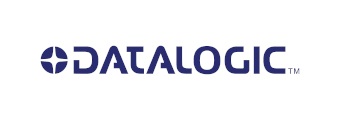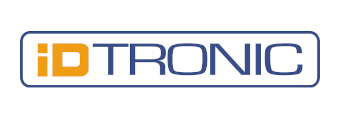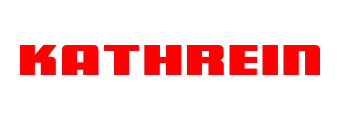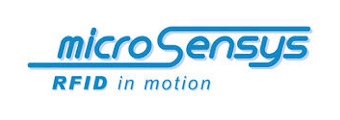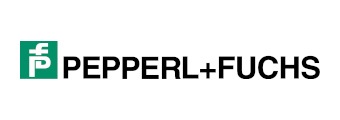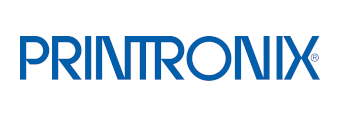RFID Middleware Helps Reduce Costs and Shrinkage in Retail
The device-independent RCOM Gateway is suitable for the movement of goods between retail companies, as well as for retail and the processes on the sales floor. Increased control and monitoring in real time, accompanied by robotics and, increasingly, AI applications, help retailers maintain their market position.
RCOM also offers an efficient RFID middleware for e-commerce processes that can map every detail in the logistics process. The integrated rulebook, the UI design, and the programming API enable the processing of events in logistics processes down to the smallest detail.
RCOM offers the user maximum flexibility. Numerous templates are available for common use cases. They can be quickly and easily adapted to individual requirements.
RCOM Gateway – Overview of Functions & Modules:
Device Management and Reader Control
The middleware forms the central hub for handling and controlling events generated by stationary RFID readers, particularly those used in RFID gates. To achieve this, the RCOM Gateway relies on so-called agents, which can either run directly on the Linux operating system of the reader or operate as a Windows service on a dedicated server. These agents interact with the hardware through the manufacturer’s API, ensuring that new interfaces, software updates, and firmware revisions are seamlessly incorporated into the middleware.
Track & Trace Module
Through its track & trace module, the RCOM Gateway provides middleware that enables real-time tracking of items, parts, and load carriers using RFID identification. With just a few steps, users can generate a complete overview of factory and warehouse layouts. By integrating geo-coordinates, the system also supports object localization and visualization in Google Maps. Relevant positions are automatically logged via the Google API, allowing stock levels and inventory movements to be monitored live and with precise location data at any time.
Configurable Rules
In the backend, only supply chain-relevant events are processed, ensuring that unnecessary data is filtered out. For this purpose, RCOM offers an advanced yet intuitive rules designer. The integrated workflow designer can be used for simple routine tasks as well as more complex, customized processes. Importantly, no IT expertise is required: logistics staff can adjust and optimize process logic independently, without external support.
Adaptable Web Interfaces
Since RFID technology enables automatic data collection, the track & trace processes in RCOM are presented visually for greater clarity. For example, during loading, the system provides immediate confirmation that all goods have been registered correctly, while any incorrect pallet is instantly flagged.
Because the data display requirements vary across logistics workflows, RCOM includes an integrated UI designer. This allows companies to create custom screens that can also be assigned specific user rights, ensuring maximum flexibility for different operational needs.
Retail: AI and Robotics Take Over
RCOM: Robotics and AI Will Be Game Changers for Retail.
- Inventory Management and Forecasting
-
Correct forecasts mean purchasing in line with demand, avoiding bottlenecks and not building up excess stock. AI can help to optimize inventory management processes by analyzing data on sales trends, seasonality and external influencing factors.
- Pricing
-
Dynamic prices increase sales as they are based on factors such as demand, supply, competitive environment and customer behavior. Conclusion: Pricing strategies are optimized and profitability is maximized.
- Fraud Detection in Real Time
-
AI algorithms are also used to detect and prevent fraudulent transactions by monitoring suspicious activity in real time and identifying patterns of fraudulent behaviour.
- Automated Inventory Management
-
Robots can use sensors and cameras to monitor and count inventory, and to identify
irregularities or bottlenecks, leading to a more accurate inventory management.
- Efficient Logistics Processes
-
Robots can be used in warehouses and distribution centers to pick, pack, and ship goods,
increasing the speed and accuracy of deliveries and reducing operating costs.
- Reduced Error Rate and Time savings
-
Robots are less prone to errors and can perform tasks with high precision. This ensures quality and optimizes scheduling.
Correct forecasts mean purchasing in line with demand, avoiding bottlenecks and not building up excess stock. AI can help to optimize inventory management processes by analyzing data on sales trends, seasonality and external influencing factors.
Dynamic prices increase sales as they are based on factors such as demand, supply, competitive environment and customer behavior. Conclusion: Pricing strategies are optimized and profitability is maximized.
AI algorithms are also used to detect and prevent fraudulent transactions by monitoring suspicious activity in real time and identifying patterns of fraudulent behaviour.
Robots can use sensors and cameras to monitor and count inventory, and to identify
irregularities or bottlenecks, leading to a more accurate inventory management.
Robots can be used in warehouses and distribution centers to pick, pack, and ship goods,
increasing the speed and accuracy of deliveries and reducing operating costs.
Robots are less prone to errors and can perform tasks with high precision. This ensures quality and optimizes scheduling.
Retail Logistics
RCOM: Satisfied Customers and Diminishing Cost Pressure:
- Increasing Efficiency
-
Technologies such as RFID and IoT automate warehouse management and thus retail logistics.
- Cost Savings
-
The increase in process efficiency combined with reduced inventories means lower costs. Conclusion: Competitiveness is boosted.
- Real-Time Transparency
-
Modern labeling technologies provide real-time transparency. This enables companies to react quickly to changes and avoid bottlenecks.
- Customer Satisfaction
-
Efficient retail logistics means shorter delivery times and improved delivery accuracy. The result: increased customer satisfaction.
- Sustainability
-
Overall, modern retail logistics benefits from the optimization of routes and the reduction of empty runs. Less CO2 is released into the air.
- Theft and Loss
-
The labeling of goods not only means controlled processes and movements, but also a reduction in theft, and less shrinkage and damage.
Technologies such as RFID and IoT automate warehouse management and thus retail logistics.
The increase in process efficiency combined with reduced inventories means lower costs. Conclusion: Competitiveness is boosted.
Modern labeling technologies provide real-time transparency. This enables companies to react quickly to changes and avoid bottlenecks.
Efficient retail logistics means shorter delivery times and improved delivery accuracy. The result: increased customer satisfaction.
Overall, modern retail logistics benefits from the optimization of routes and the reduction of empty runs. Less CO2 is released into the air.
The labeling of goods not only means controlled processes and movements, but also a reduction in theft, and less shrinkage and damage.
Take Control of Your Logistics Data, now and in the Future!
Interested? Get in touch with us!


